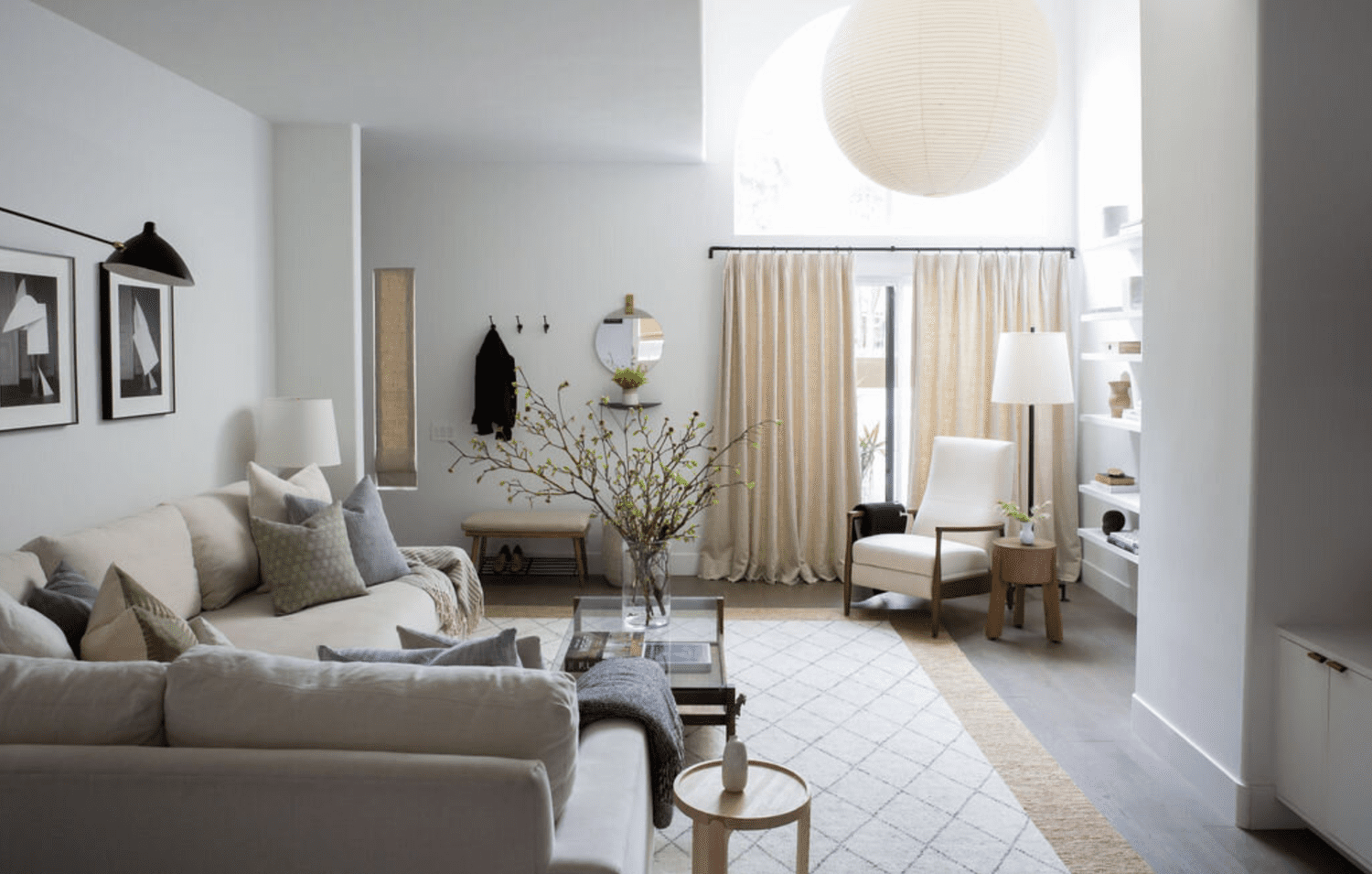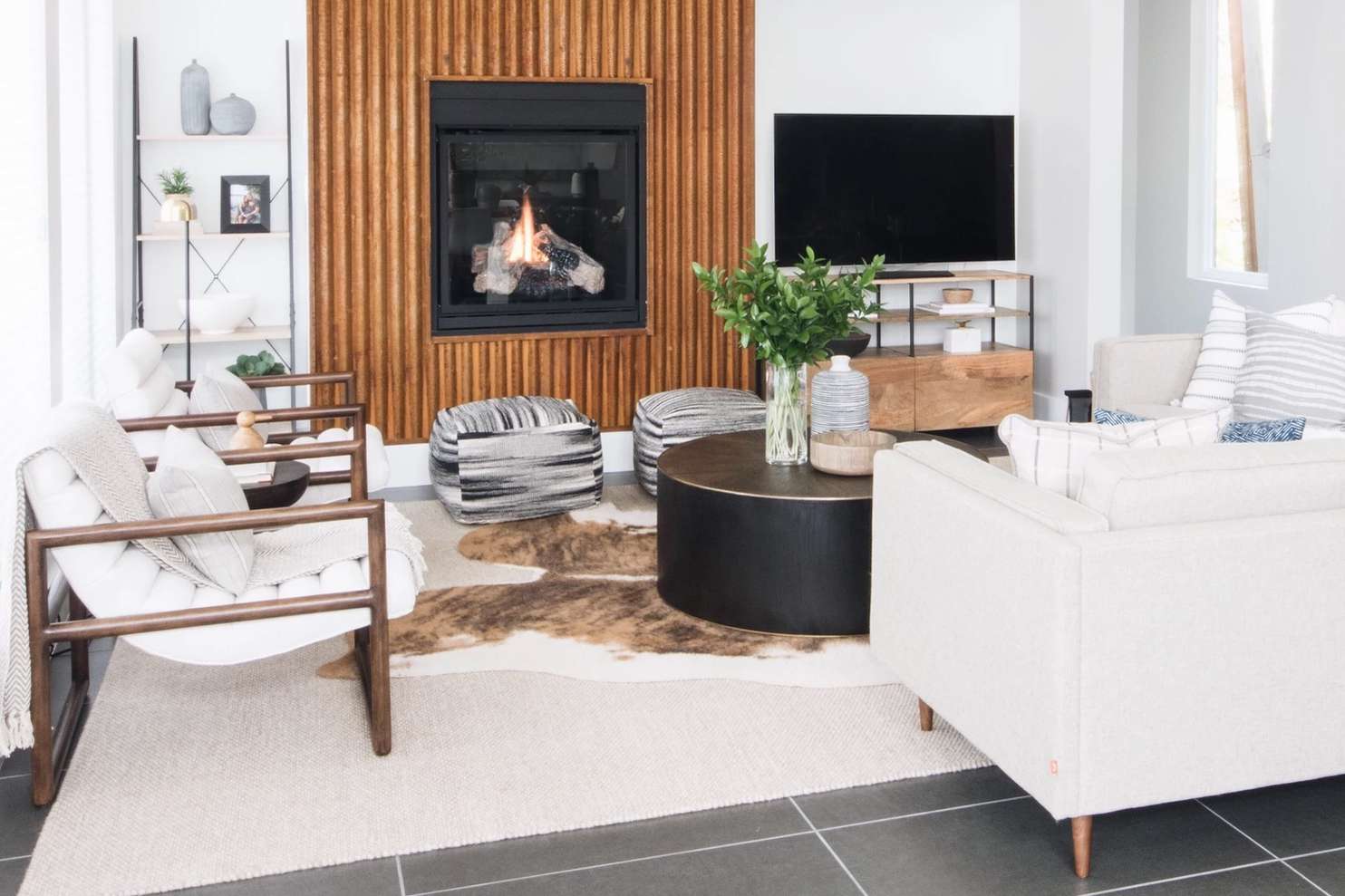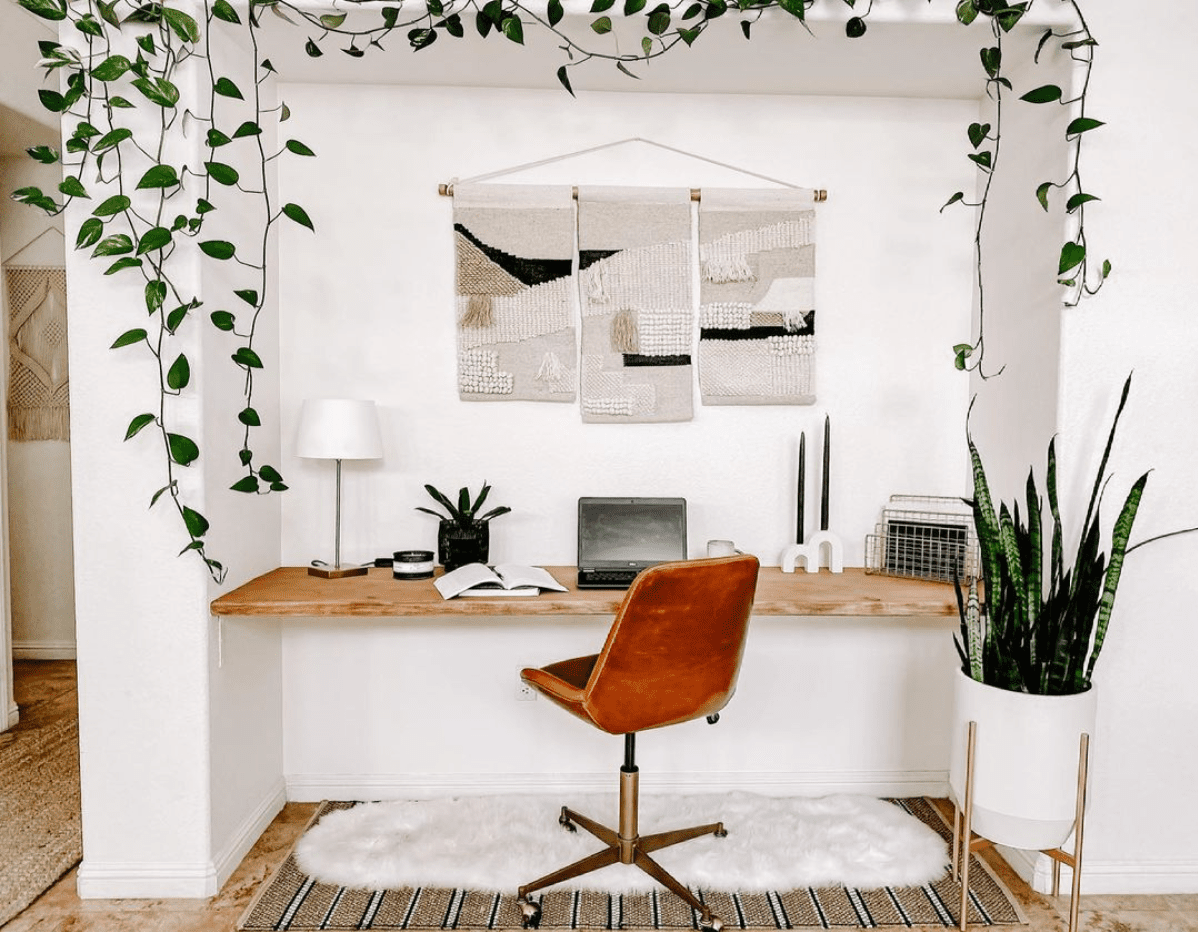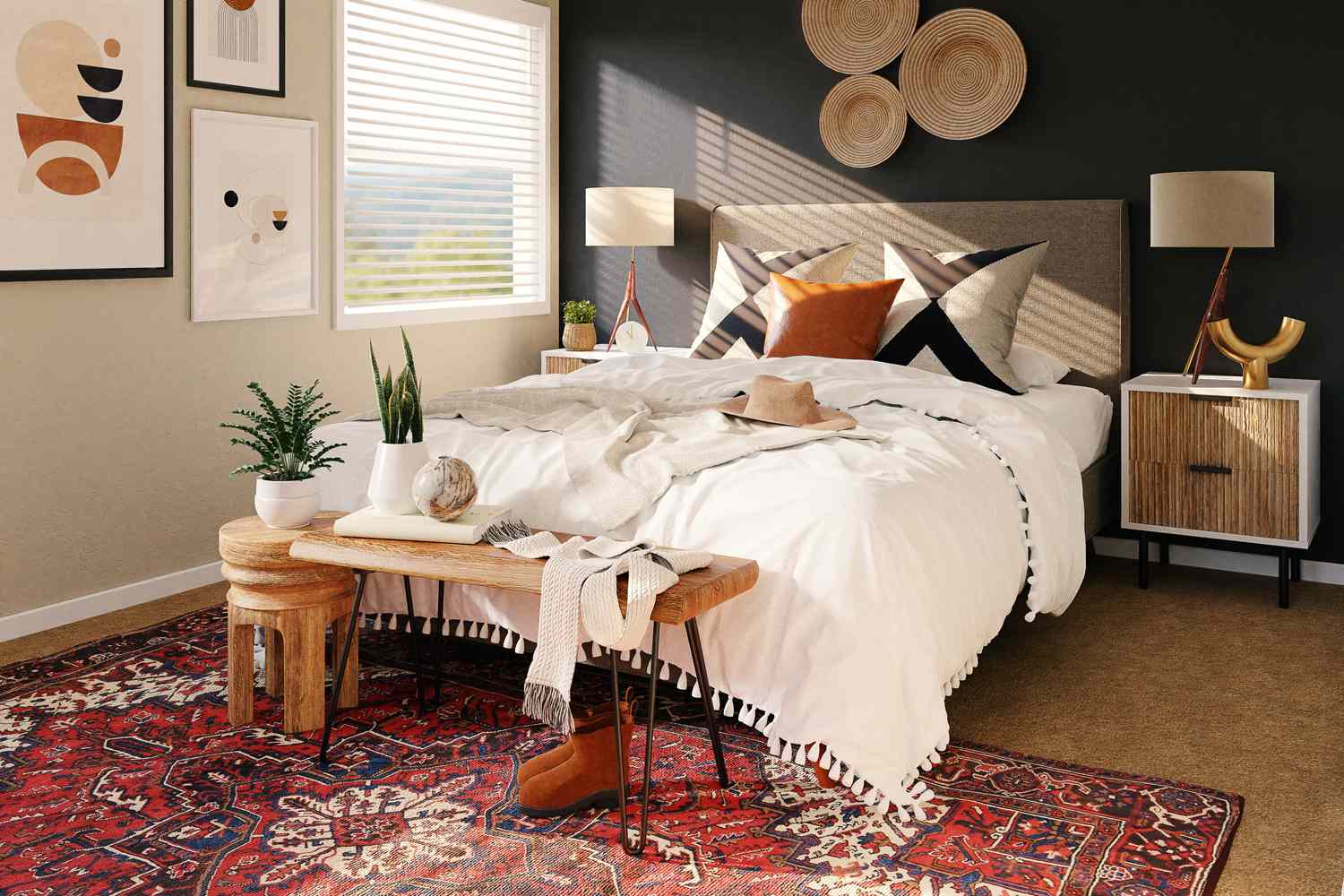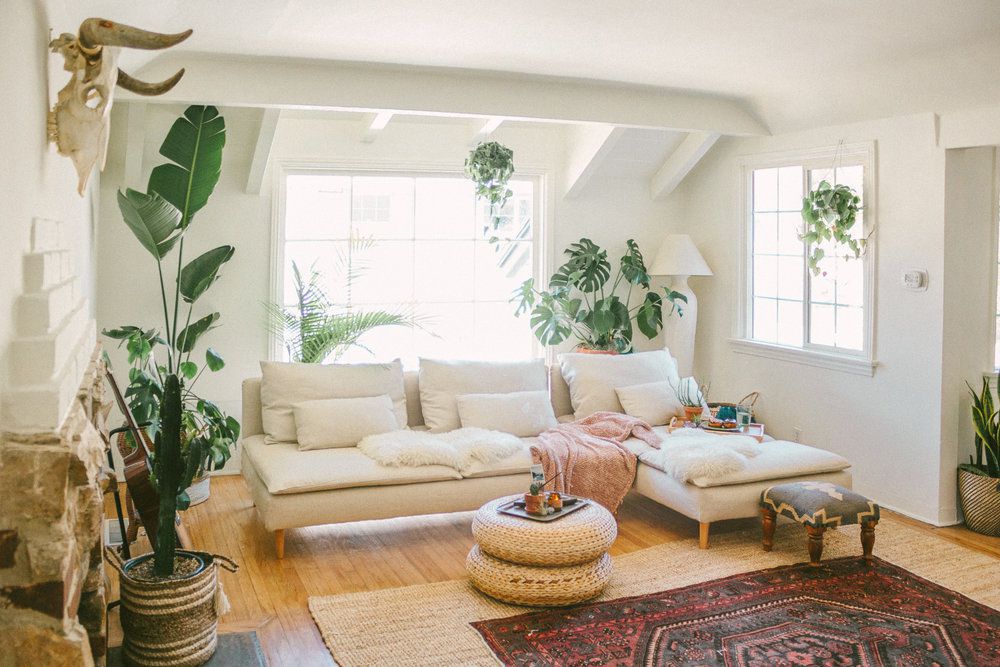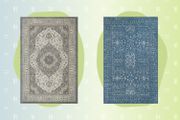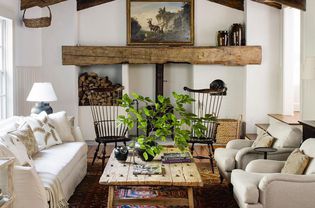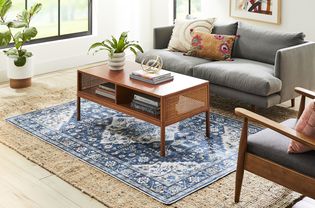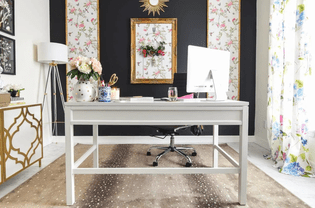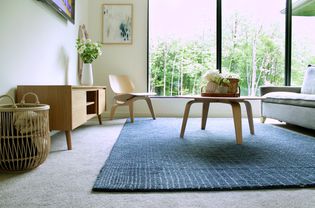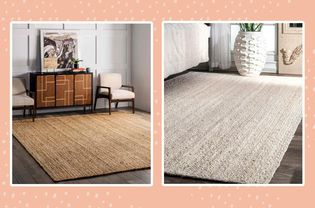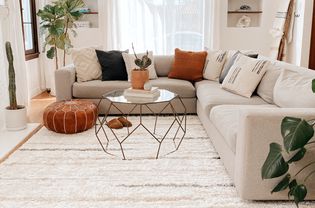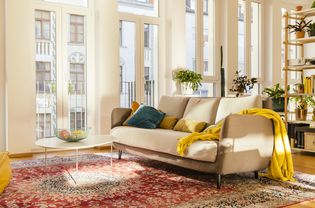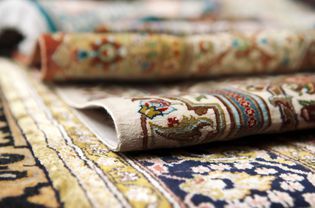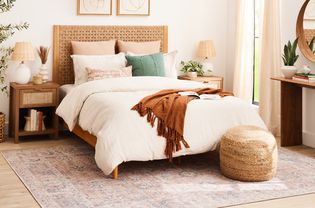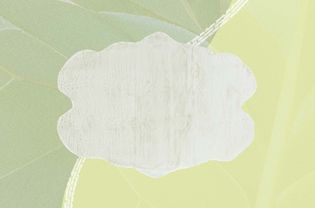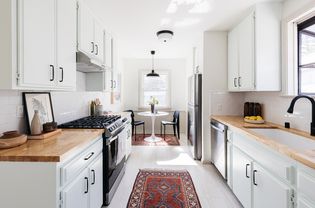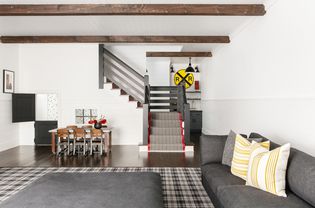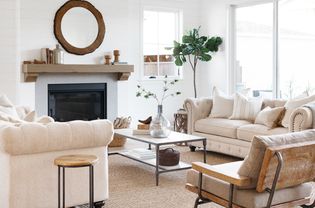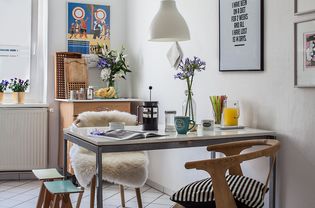When it comes to the vibe of a room, few things can make or break a space like the flooring type. While most people have strong opinions about wood floors versus wall-to-wall carpeting, the ever-important role of the area rug cannot be denied. And now, thanks to the re-emergence of a popular trend: area rugs––yes, plural--are proving their worth. While the size, pile, and pattern of your area rug is an important consideration, some of those rules go out the window if you decide to use multiple rugs layered on top of one another.
We spoke with three top interior designers about their rules for rug layering and how to make this trend work for your space.
-
01 of 07
Layering is All About Texture
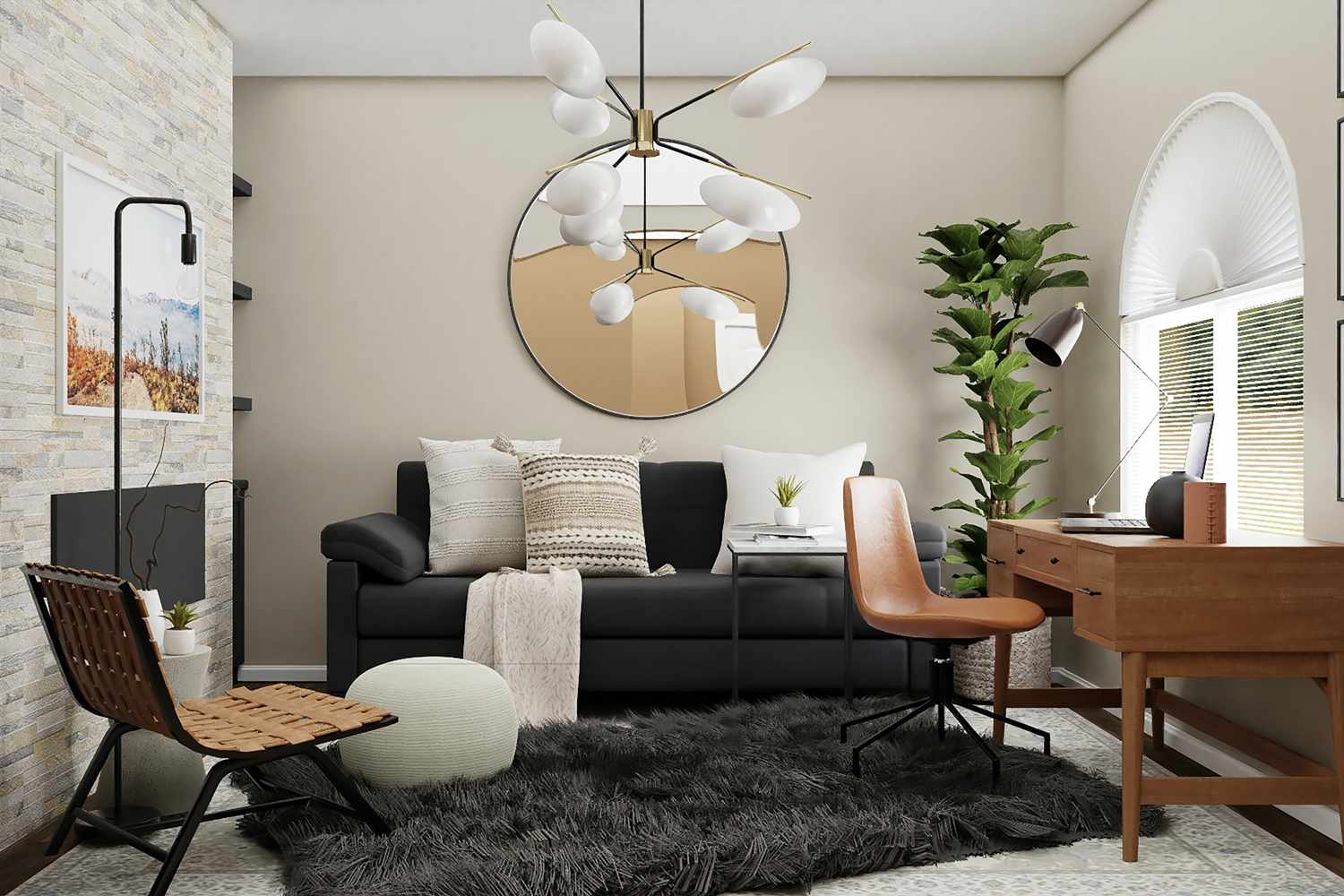
Spacejoy / Unsplash
LA-based designer Chris Barrett told us that she loves layering rugs. “It adds warmth, and even more texture. And I'm really big on texture.”
UK-based designer Dee Campling agrees. But along with allowing the rugs to add texture to the room, you should also consider the textures of the rugs themselves--especially if you're layering rugs over carpet. When it comes to layering, combining textures is key. “Use a mix of textures with your rugs,” Dee explained. “[Like] one jute rug and one wool rug, to add interest.”
-
02 of 07
It Helps Bring the Outside In
![Sisal rug layered with a patterned rug]()
There are other upsides to layering on top of sisal or jute. Emma Sims-Hilditch of Sims-Hilditch Interiors said, “A natural sisal rug paired with a patterned rug keeps a room rooted in nature.” It’s a particularly perfect technique for rooms that might lead to your outdoor area because rug layering “[brings] the outside in. It [adds] some fun to the design, [and] adds character and warmth.”
Rug layering can also work in outdoor spaces, by using thin outdoor rugs for layering on your stoop, porch, or terrace.
-
03 of 07
Layering Allows For Imperfections
![small cowhide rug layered on top of an area rug]()
Layering is also the perfect option for when you find yourself with rugs that are too small or otherwise imperfect.
“A lot of antique rugs aren't necessarily the right size, but you love the colors, and you love everything else [about it],” said Chris. Instead of resigning yourself to a rug that is too small for the space, layer it! “[Use] a sisal rug that's fairly inexpensive, and then put the antique rug on top… it adds so much.”
Dee agrees. “My favorite way to layer rugs is to take a large bottom rug to ‘anchor’ the scheme and then layer vintage Persians and sheepskins on top. The Persians [add] pattern and color and the sheepskins for softness and texture.” Another trendy pick is to layer a smaller cowhide on top of wall-to-wall carpeting.
Layering this way can also help if your rug of choice is worn––just be sure you’re not making the problem worse. “If it's an old rug, and it's thin and worn [with a] great patina, you just want to make sure you're not putting the worn area in a place that's going to get a lot of traffic,” Chris advised.
-
04 of 07
Layering Can Be Used in Any Room
![Layered rugs in an office]()
@home.and.spirit / Instagram
Emma also told us that rug layering isn't just for your bedroom or sitting room––it works anywhere, especially if you have hardwood floors. “It is not true that rugs can only be used in sitting rooms and bedrooms. Why not try layering rugs in a hallway, office, kitchen, or even dining room?” she suggested. “Layering rugs [adds] a lovely, cozy feel to any space, particularly in the autumn and winter months."
Continue to 5 of 7 below. -
05 of 07
Layering Lets You Play With Color and Patterns
![Bold patterned rug on top of wall to wall carpeting]()
Spacejoy / Unsplash
When it comes to adding color to a room, rug layering is one perfect way to unify a space. “If you have color in your room,” said Dee, “use rug layering to pick up on your color theme and bring it down on to the floor.”
The same goes for patterns, Dee explained. “If you like patterns, then rug layering can be a great place to play with them. Use the largest pattern on the bottom rug and smaller patterns in the top rugs.”
-
06 of 07
Be Aware of the Potential Downsides
When it comes to executing the final look, it’s hard to make a mistake... but it's not impossible. “I have seen too many rugs, and it gets a little chaotic,” said Chris before adding, “but some people can thrive in chaos!”
The real issue is with the pile, or the depth, of your rugs. “It gets too chunky pretty quickly,” said Chris. “You have to think about what's going to happen on the rug. If it's, say, a rug in your office and you're rolling your chair around, you don't want to layer a rug on top and then have to layer a big plastic piece on top of that. That's pretty ugly.”
Emma agrees. “Try to avoid designs which are very thick when layering,” she said. “This can create an unsightly bulge or even a trip hazard which is best avoided.”
-
07 of 07
No Hard and Fast Rules
![Small patterned rug layered over a neutral jute rug]()
Best of all, while there are plenty of things to consider when it comes to rug layering, there are no hard and fast rules. Even the positioning of the rugs themselves calls for experimenting.
"A nice linen border looks great on a sisal or jute rug, finishing the design nicely," said Emma. "But in terms of coverage, placing a patterned off-center rug over a more neutral design adds interest to a space, and allows the design of both rugs to be visible and appreciated for their respective beauty."
So, set forth and layer!

:max_bytes(150000):strip_icc()/ScreenShot2021-05-12at11.51.50AM-e80b8ee8ba0b40d5865a2fc9a19a4c9f.png)
